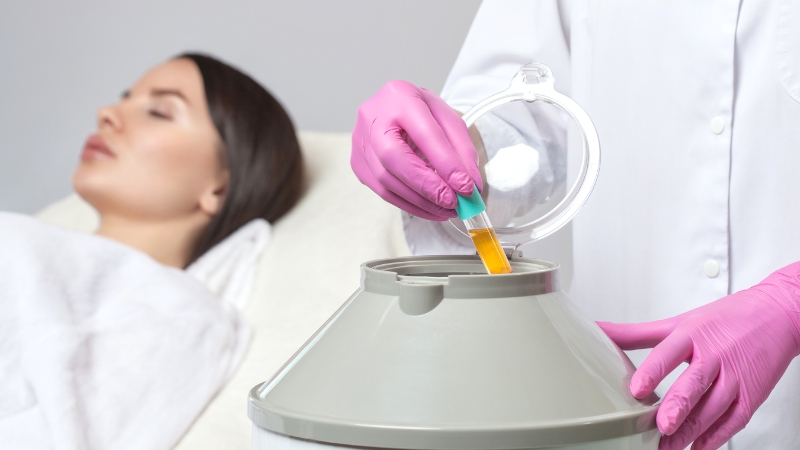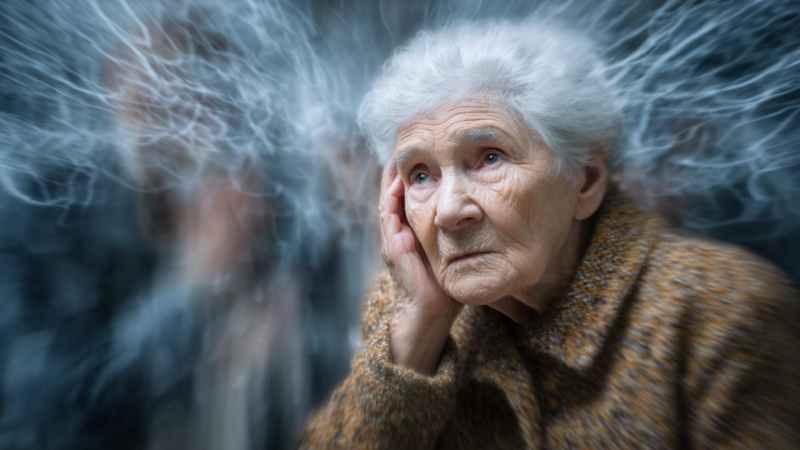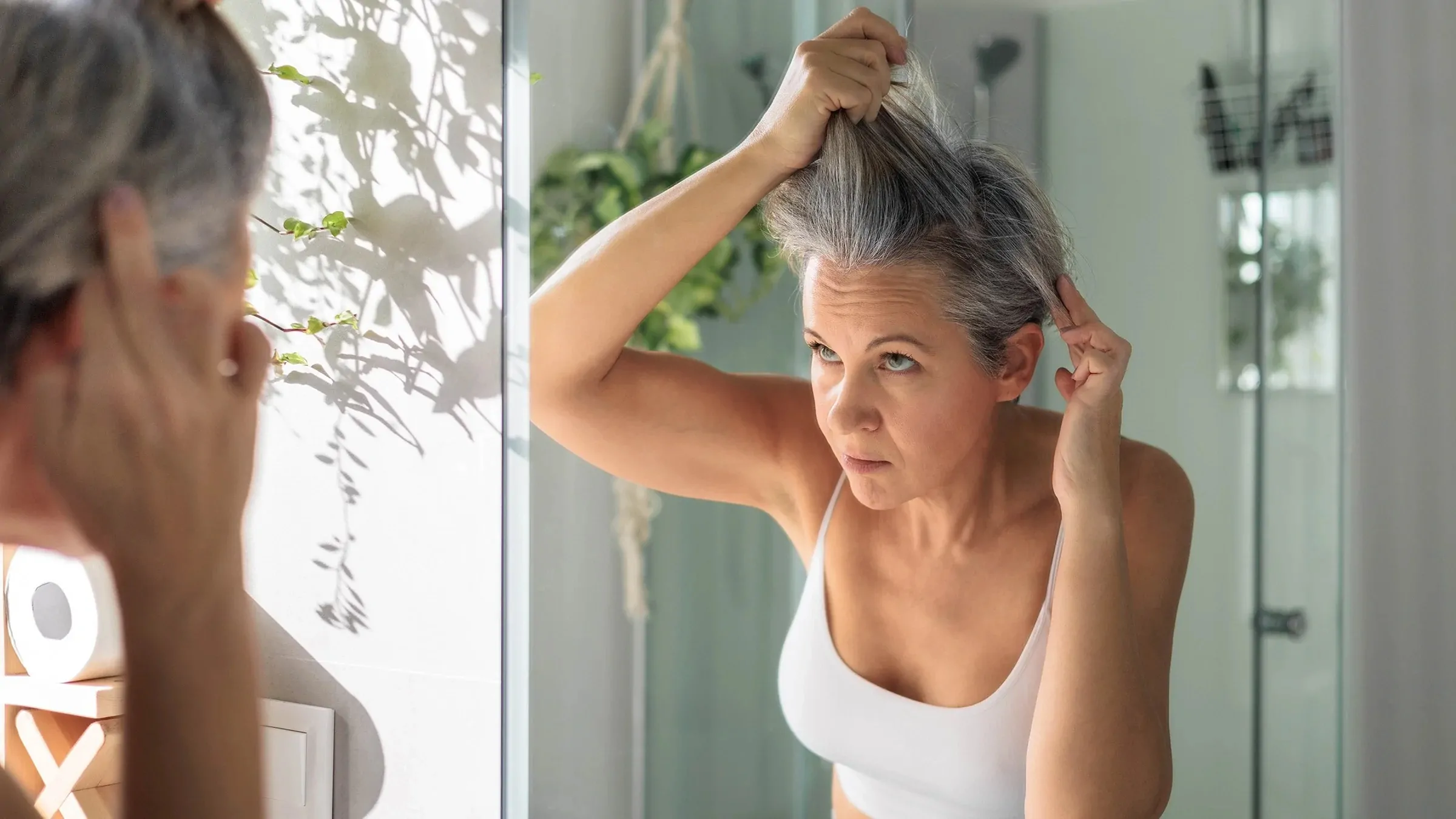
Share Post:
Coloring your hair at home can feel empowering, but leaving hair dye on for too long can quickly turn a confidence-boosting ritual into a damage-control situation. Many people think that leaving dye on longer will produce richer, longer-lasting color, but this is a myth that can lead to dryness, brittleness, scalp irritation, and uneven color results.
Most permanent and semi-permanent hair dyes have a processing window of 20–45 minutes, depending on the formula and your hair’s condition. This time frame allows the dye molecules to penetrate the hair cuticle, deposit color, and develop fully.
Leaving dye on beyond this recommended time doesn’t intensify color; instead, it can degrade the hair’s structural proteins, damage your scalp, and result in dull, porous hair that loses color faster.
Table of Contents
ToggleWhat Happens Chemically When Dye Is Left On Too Long
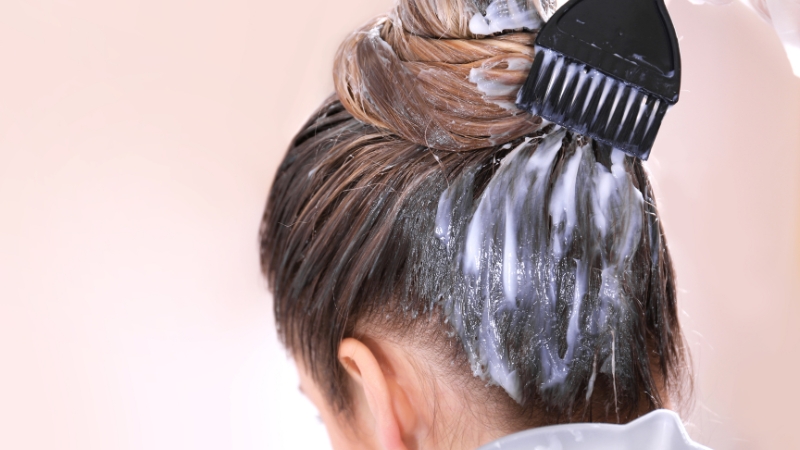
Most hair dyes use ammonia or MEA to lift the cuticle and peroxide to develop color. During the first 10–30 minutes, the dye penetrates the hair shaft and starts bonding with your hair’s cortex.
After this point, the hair’s cuticle remains lifted, and if dye is left on for too long, overprocessing can occur, leading to:
- Excessive cuticle lifting: Leaving hair vulnerable to moisture loss.
- Protein degradation: Weakening hair strands.
- Color instability: The color molecules may degrade, causing uneven or dull results.
Effect
What Happens
Why It Matters
Dryness
Loss of moisture due to prolonged cuticle lift
Hair feels rough, brittle, and hard to manage
Breakage
Structural proteins degrade over time
Split ends and thinning
Scalp Irritation
Extended exposure to chemicals
Redness, itching, and possible burns
Uneven Color
Overprocessing sections while others are underprocessed
Patchy, inconsistent results
Faded Color Post-Wash
Color molecules destabilize with time
Faster fading after initial wash
Hair Type Matters
Fine or Damaged Hair
Fine hair, bleached hair, or hair that has been chemically treated is typically more porous, meaning it absorbs hair dye much more quickly than healthy, untreated hair. This increased porosity may seem helpful for color uptake, but it also makes the hair more vulnerable to damage if the dye is left on too long.
The chemicals in hair dye, particularly ammonia and peroxide, can further open the cuticle and strip away the hair’s natural moisture, leaving fine or damaged hair feeling dry, straw-like, and prone to breakage and split ends.
Because fine and damaged hair strands are structurally weaker, the additional stress from prolonged dye exposure can cause elasticity loss, leading to hair that stretches and snaps when wet.
This is why professional colorists always recommend reducing processing times when dyeing fine or previously bleached hair and using bond-building treatments like Olaplex or K18 during or immediately after dyeing.
These treatments help rebuild disulfide bonds in the hair shaft, mitigating damage and preserving strength, which is essential to maintain healthy-looking hair even when coloring. It is also wise to avoid overlapping dye on already colored lengths, focusing only on the roots or areas that need refreshing to minimize cumulative damage.
Thick or Coarse Hair
Thick or coarse hair, by contrast, often has lower porosity, meaning it does not absorb dye as quickly and may require the full recommended processing time to allow the color to penetrate the cuticle and deposit evenly.
While it might be tempting to leave the dye on longer to achieve deeper color payoff on coarse hair, it is important to note that exceeding the manufacturer’s recommended time will not enhance color results but will increase the risk of dryness, rough texture, and cuticle damage.
Prolonged exposure to ammonia and peroxide can degrade the hair’s protective layer, leading to increased frizz and moisture loss even in hair that typically retains hydration well. For this reason, it is crucial to apply dye in well-sectioned layers to ensure thorough coverage without the need to extend processing time unnecessarily.
Thick hair may also benefit from pre-dye treatments like hydrating masks to ensure it is adequately moisturized before coloring, which helps in achieving even color distribution without excessive dryness afterward.
Additionally, after dyeing thick or coarse hair, it is advisable to follow up with deep conditioning treatments weekly to maintain moisture levels and softness, preserving both the vibrancy of your color and the health of your strands over time.
Investing in silk pillowcases, leave-in conditioners, and minimizing heat styling will further protect coarse hair that has undergone coloring, ensuring that it remains manageable and healthy while retaining its color for longer.
What Experts Say
Colorist Insight:
“People think extra time means deeper color, but in reality, the chemical reaction in hair dye is complete within the recommended window. After that, the dye stops being beneficial and starts becoming damaging.”
Dermatologist Perspective:
“Extended exposure to hair dye chemicals can irritate or sensitize the scalp, leading to dermatitis or chemical burns. It’s crucial to follow timing instructions to protect both your scalp and hair.” – Jooyoung Lee, Dermatologist, American Academy of Dermatology.
What To Do If You Left Dye On Too Long
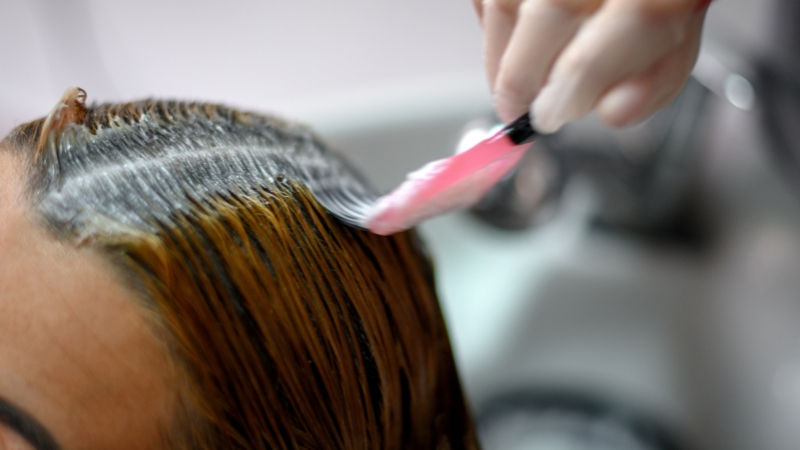
Realizing you’ve left hair dye on too long can be stressful, but acting quickly and intentionally can help minimize damage. The first and most important step is to rinse your hair thoroughly using lukewarm water to remove all traces of dye from your scalp and hair.
Avoid using hot water, as it can further strip moisture from your strands, worsening dryness. Take your time rinsing to ensure no residue remains, gently massaging your scalp to dislodge any lingering product, especially around the hairline and roots where dye can build up.
Once the dye is fully rinsed out, immediately apply a deep conditioning hair mask or a rich, hydrating conditioner to help restore lost moisture and soothe your hair’s cuticle layer, which has likely been overexposed to chemicals.
Leave the conditioner or mask on for at least 15–20 minutes, allowing your hair to absorb as much hydration as possible. Look for masks containing ingredients like argan oil, shea butter, or coconut oil, which can help replenish the hair’s natural oils and add softness and manageability.
After rinsing out the treatment, it’s crucial to avoid heat styling for several days. Your hair will be in a more fragile state after being overprocessed, and adding heat can exacerbate dryness, increase breakage, and further damage the hair cuticle. Instead, let your hair air dry and wear it in protective styles to minimize friction and handling while it recovers.
To support your hair’s recovery, consider using bond-building treatments such as Olaplex, K18, or Redken Acidic Bonding Concentrate.
These products work on a molecular level to repair broken disulfide bonds in the hair shaft caused by chemical overprocessing, helping restore strength and elasticity.
Incorporating these treatments into your routine over the next few weeks can significantly improve your hair’s resilience and softness while reducing breakage.
Preventive Measures for Future Coloring
- Always perform a strand test before dyeing to check color results and sensitivity.
- Set a timer the moment you finish applying dye to avoid exceeding processing time.
- Use a bond protector during dyeing to minimize damage.
- Choose a dye suited for your hair type to reduce processing risks.
- Read the instructions carefully, even if you’ve dyed your hair before.
Bottom Line
@ginyn what happens when you leave hair dye for too long… also what happens when your toddler doesn’t like your new hair color… hahaha head to my IG for a Hello Bubble giveaway!!🫧 #hellobubble #hairdye #kbeauty #haircareph #miseenscene peri violet @miseensceneph @miseenscene_official ♬ original sound – Ginyn
Leaving hair dye on too long will not give you a deeper or longer-lasting color; it will only risk dryness, damage, scalp irritation, and faster color fading. Always stick to the recommended processing time, consider your hair’s current health, and follow up with intensive hydration and bond-repair treatments post-coloring to keep your hair looking healthy and vibrant.
Coloring your hair can be a fun way to refresh your look, but maintaining your hair’s health ensures your color will shine longer and your hair will remain resilient and beautiful.
If you’re planning your next hair color session, it’s also wise to create your resume of hair treatments and color history to share with your stylist. This ensures safer application, tailored advice, and the best possible outcome for your hair.
Related Posts:
- How Long Will Your Pink Hair Dye Last? Tips to Make It Stay
- Can You Leave Olaplex 3 On Overnight? You Might Be Suprised…
- What Happens to Your Hair When You Stop Eating Junk Food?
- 8 Key Warnings About Cantu Shea Butter Leave-In…
- Create Beautiful Curls from Straight Hair - Expert Tips
- Microneedling Timeline - When You’ll See Results and…



